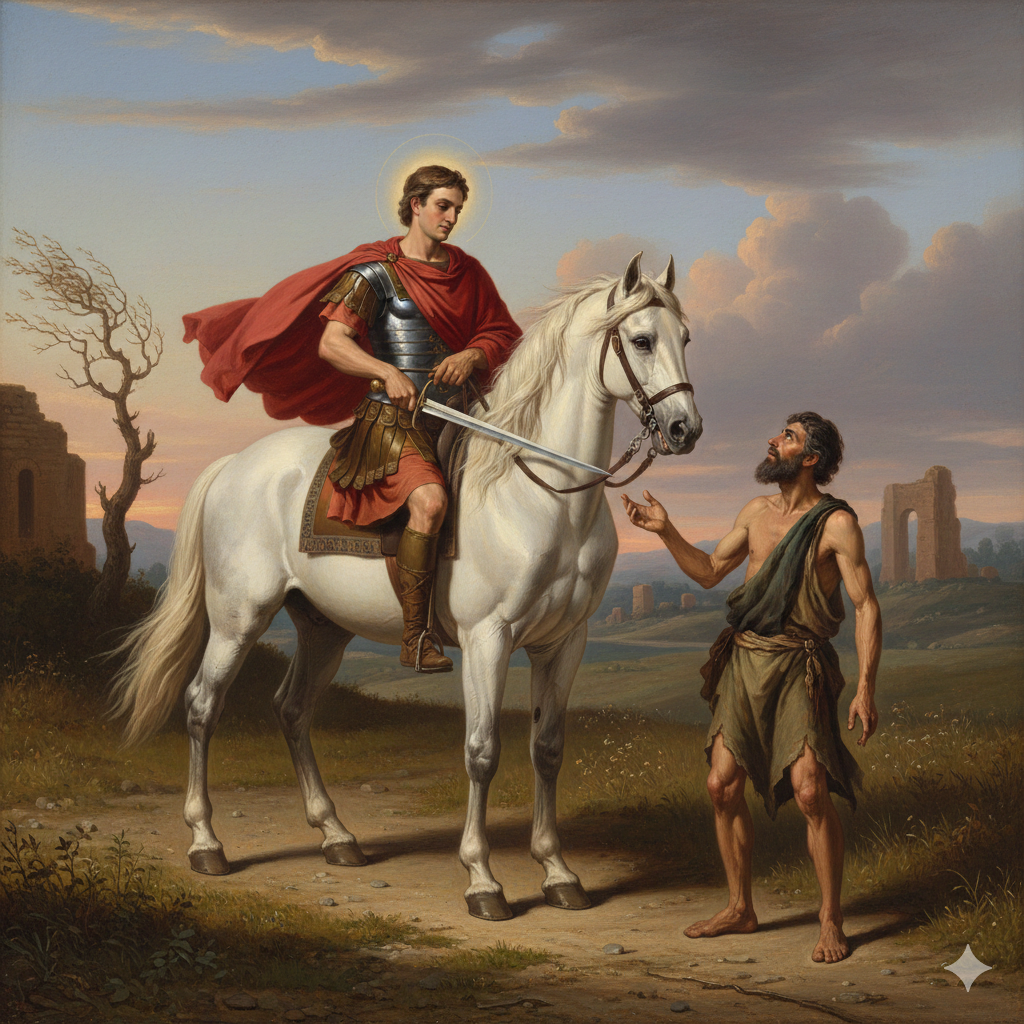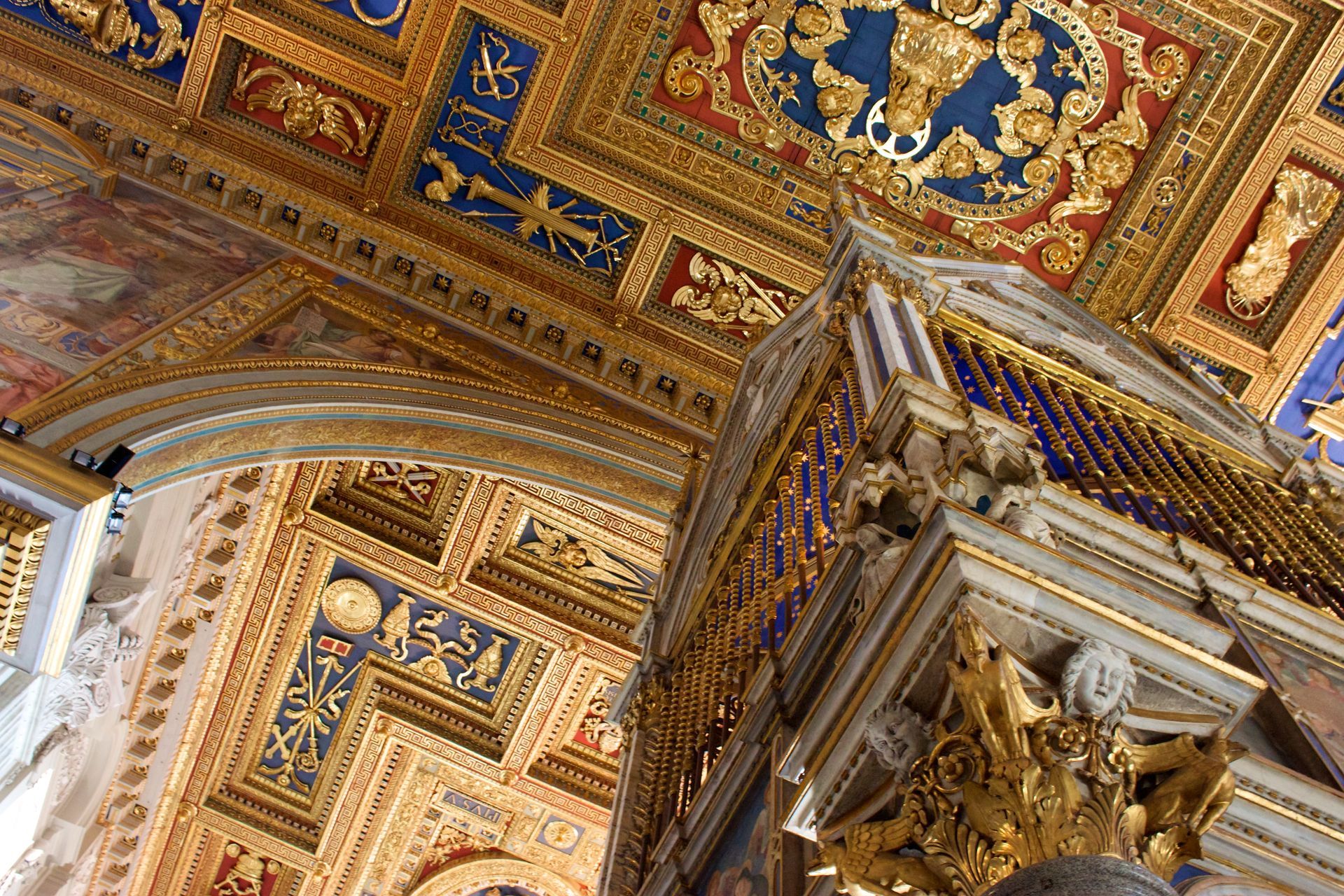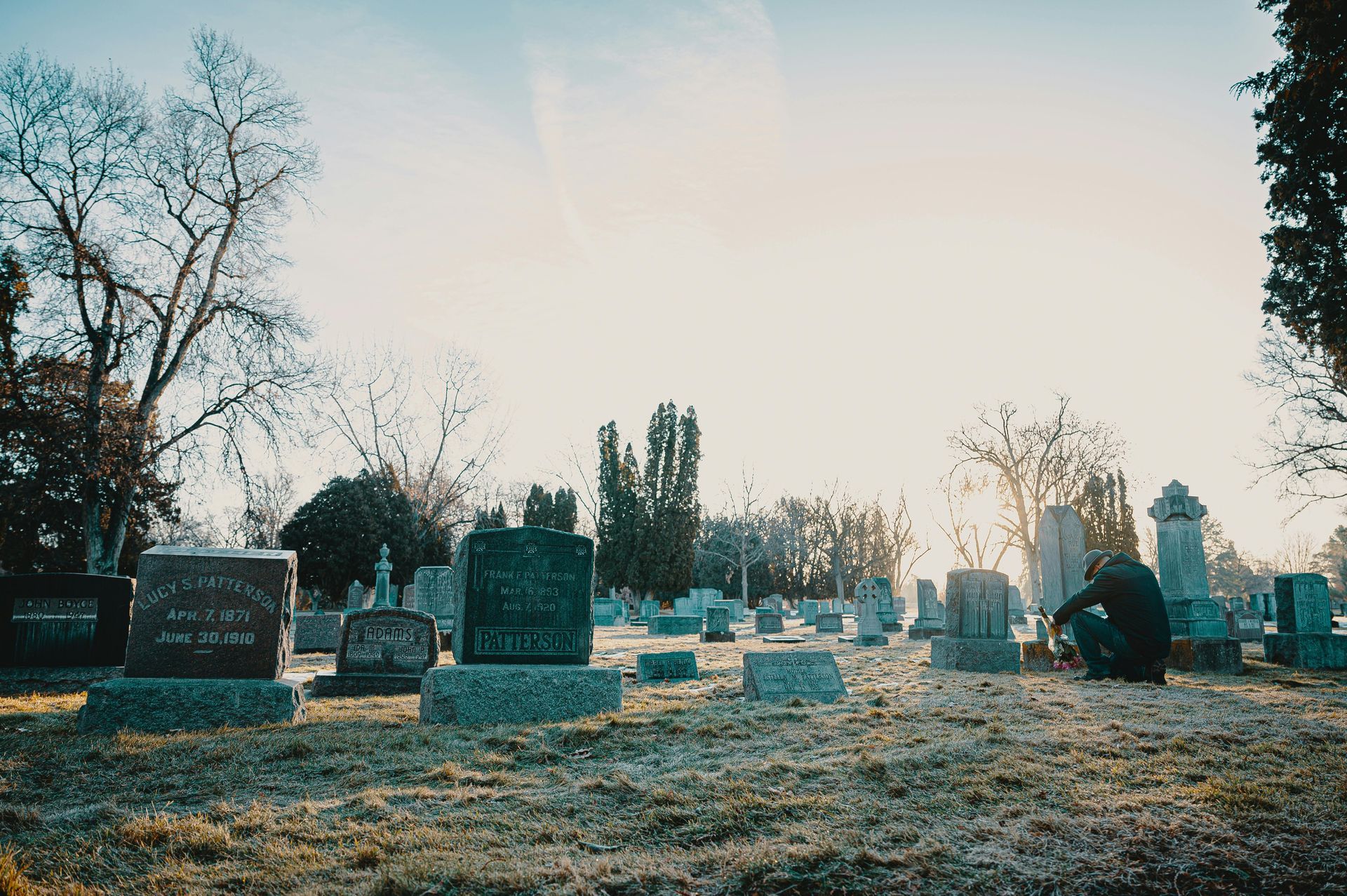The Sacrament of First Communion
It is our tradition at St. Martin of Tours to celebrate the Sacrament of First Communion at the beginning of May. This year 13 of our religious education students will receive Eucharistic Jesus in their hearts during our solemn Mass at 10:30am on Sunday. It is always great to see the children wearing formal attire, crowning Mary, praying hard, and reading and singing during their First Communion Mass. I invited and encouraged other children and youth of our parish to join us on this special occasion. It is a good opportunity to remember the day we received our First Communion a few or perhaps many years ago. These are the children who will receive Holy Communion this Sunday: Eleanor, Rollins, Oliver, Robert, Ryan, Emma, Ethan, Micah, Sawyer, Gracelyn, Cole, Zarinna, and Helena.
I would like to express my gratitude to the children who are receiving their First Communion. We wish them to follow Jesus closely, who is “the way, the truth, and the life” (John 14:6). We encourage them to continue their religious education at our parish in the following years and receive another important Sacrament, Confirmation, in a few years. Thank you to their parents for catechizing their children at home and for bringing them up in the faith. I am grateful for their support and good example, and for being with them and during this special day at St. Martin of Tours. Thank you to the teachers, especially Joy Heuser and Carey Logan, who have been preparing our children for their First Communion. I am grateful to Abby Wass, the Director of Religious Education, for coordinating the entire program and taking care of everyone and everything. I am also grateful to those who prepared our liturgy, took photos, and decorated the church for this occasion.
First Communion is a sacrament. We usually receive it after Baptism and Reconciliation. First Communion is given at the “age of reason” so that child will understand and believe in the real presence of Christ in the Eucharist. Children usually go through a yearlong preparation for this special event. This year of preparation includes the Sacrament of Reconciliation.
It is a very special moment of encounter with Eucharistic Jesus when receiving Holy Communion. Holy Communion could be received as either the body (bread) or body and blood (wine). Receiving the blood of Christ is not necessary when receiving the Eucharist, but we encourage our parishioners to receive Holy Communion in both forms. There are three essential requirements to receive Holy Communion for Catholics:
1. The person must be baptized and have understanding of faith in the real presence of Christ in the Eucharist.
2. The person must be in the state of grace (being free from a mortal sin) at the moment of receiving Holy Communion.
3. The person must fast at least one hour before receiving Holy Communion. Fasting does not include taking medication and drinking water.
Additionally, we receive Holy Communion on the hand or tongue. Both ways are equally correct. Feel free to receive the Blessed Host either way. But even more important is to reflect about if you are ready to receive Eucharistic Jesus into your heart. Please take some time to pray in silence before and after receiving Holy Communion.
Lastly, you can receive Holy Communion every day during Holy Mass. We have daily Mass at 8.30am (except Saturday Mass is at 4pm) in our church.
Holy Communion helps us to understand the act of Christ’s passion, death, and resurrection. It strengthens our faith and encourages us on the journey to Salvation. Let’s be grateful for the great gift of the Eucharist in our life.
Fr. Andrzej










